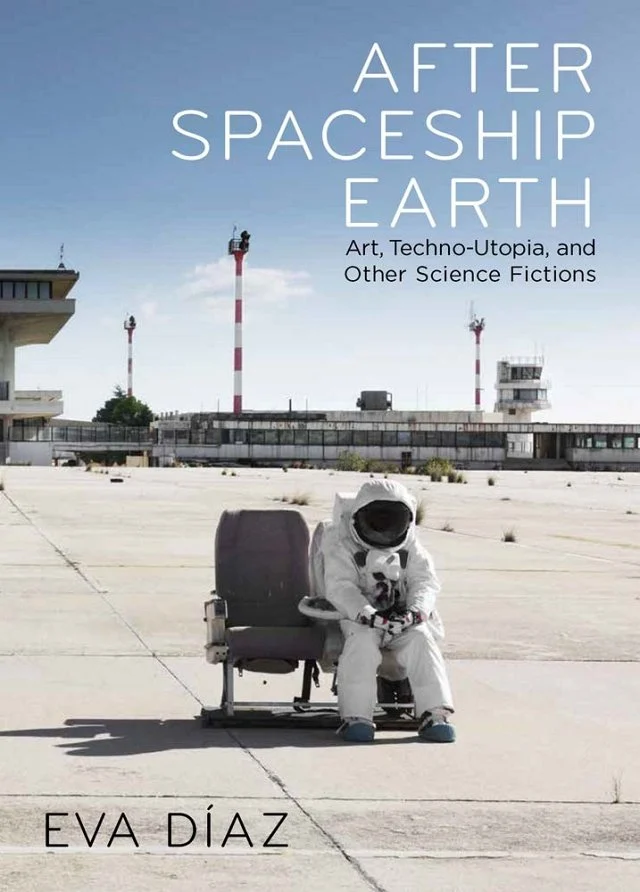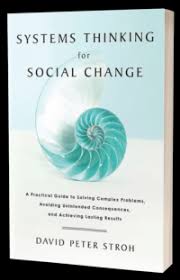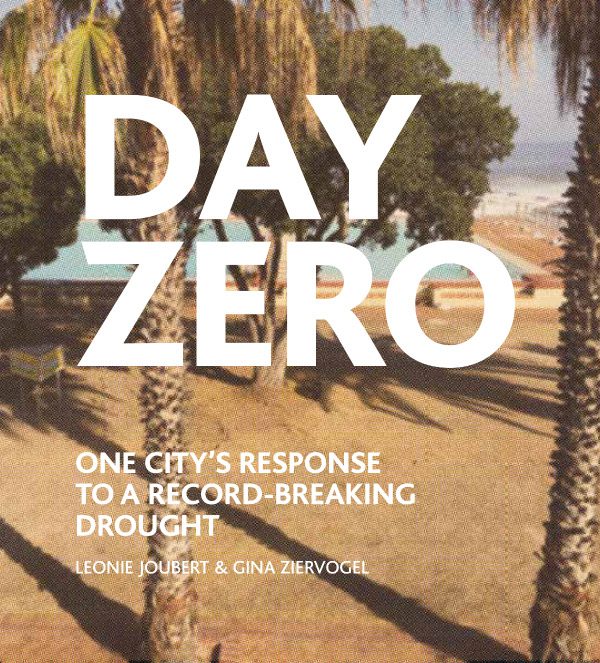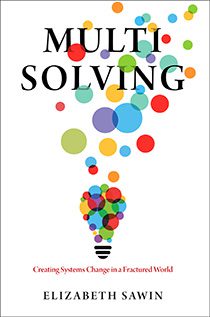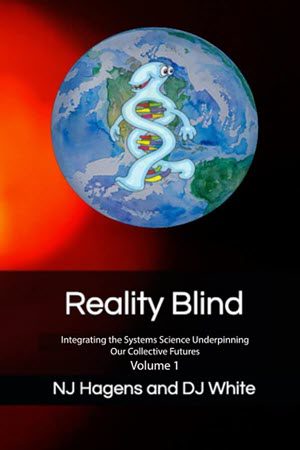An expansive look at the contemporary artists confronting, challenging, and reimagining R. Buckminster Fuller’s techno-utopianism to envision sustainable futures
Architect and designer R. Buckminster Fuller’s (1895-1983) concept of “Spaceship Earth,” one of the most powerful metaphors of the twentieth century, imagines our planet as a monumental vehicle sustained by the interdependence of human technologies and natural ecologies. In this book, Eva Díaz explores that metaphor through the work of contemporary artists from around the world who grapple with Fuller’s project to promote the equitable distribution of global assets through design, and with the technocratic euphoria of his era.
Beginning with a focus on Fuller’s iconic geodesic dome design and moving to the extraplanetary implications of his ideas, Díaz illuminates how artists including John Akomfrah, Mary Mattingly, Trevor Paglen, Jacolby Satterwhite, Hito Steyerl, and many others draw from Fuller’s mode of experimental design research to create provocative alternatives to corporate control and surveillance. These artists probe the space “race” and colonization as powerful means to readdress histories of violence and racial inequity. Díaz critiques the ecological costs of technological innovation and the role that techno-utopianism has played in political, economic, gender, and racial domination. Highlighting Afrofuturism, ecofeminism, and new ideas of citizenship, After Spaceship Earth conveys the vital afterlives of Fuller’s concept for today’s world-builders, posing vital questions of its usefulness and limits.


